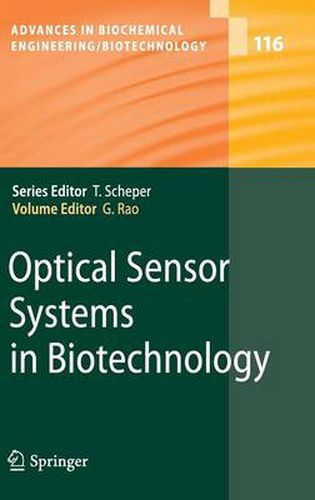Readings Newsletter
Become a Readings Member to make your shopping experience even easier.
Sign in or sign up for free!
You’re not far away from qualifying for FREE standard shipping within Australia
You’ve qualified for FREE standard shipping within Australia
The cart is loading…






This title is printed to order. This book may have been self-published. If so, we cannot guarantee the quality of the content. In the main most books will have gone through the editing process however some may not. We therefore suggest that you be aware of this before ordering this book. If in doubt check either the author or publisher’s details as we are unable to accept any returns unless they are faulty. Please contact us if you have any questions.
Of all things natural, light is the most sublime. From the very existential belief of the origins of the universe to its role in the evolution of life on earth, light has been inextricably woven into every aspect of our lives. I am grateful to Springer-Verlag and Thomas Scheper for this invitation to organize this volume that continues to expand the use of light to create next generation sensing applications. Indeed, the very act of expanding the frontiers of learning and knowledge are referred to in many languages and cultures as enlightenment. Early optical instruments relied largely on simple combinations of mirrors, prisms and lenses. With these simple devices, substantial progress was made in our understanding of the properties of light and of its interactions with matter. Things got more complicated with the evolution of optical instruments in labo- tory use. Early systems used bulky and expensive hardware to generate light, split it into the desired wavelengths and finally collect it for analysis. The discovery of the laser pushed the technology further, but did not do much to make its adoption more widespread as the lasers themselves were large and required substantial el- trical power to operate. The true revolution is just beginning. Advances in mic- electronics have resulted in the possibility of truly low-cost (using the consumer electronics industry as a parallel) devices that exploit optical measurement technology.
$9.00 standard shipping within Australia
FREE standard shipping within Australia for orders over $100.00
Express & International shipping calculated at checkout
This title is printed to order. This book may have been self-published. If so, we cannot guarantee the quality of the content. In the main most books will have gone through the editing process however some may not. We therefore suggest that you be aware of this before ordering this book. If in doubt check either the author or publisher’s details as we are unable to accept any returns unless they are faulty. Please contact us if you have any questions.
Of all things natural, light is the most sublime. From the very existential belief of the origins of the universe to its role in the evolution of life on earth, light has been inextricably woven into every aspect of our lives. I am grateful to Springer-Verlag and Thomas Scheper for this invitation to organize this volume that continues to expand the use of light to create next generation sensing applications. Indeed, the very act of expanding the frontiers of learning and knowledge are referred to in many languages and cultures as enlightenment. Early optical instruments relied largely on simple combinations of mirrors, prisms and lenses. With these simple devices, substantial progress was made in our understanding of the properties of light and of its interactions with matter. Things got more complicated with the evolution of optical instruments in labo- tory use. Early systems used bulky and expensive hardware to generate light, split it into the desired wavelengths and finally collect it for analysis. The discovery of the laser pushed the technology further, but did not do much to make its adoption more widespread as the lasers themselves were large and required substantial el- trical power to operate. The true revolution is just beginning. Advances in mic- electronics have resulted in the possibility of truly low-cost (using the consumer electronics industry as a parallel) devices that exploit optical measurement technology.